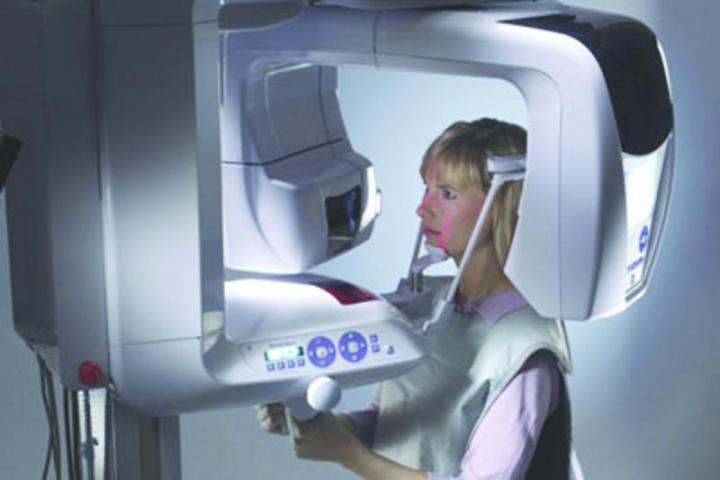
It is differentiated from fluoroscopy, mammography, and computed tomography which are discussed elsewhere. Radiography may also be used during the planning of radiation therapy treatment.
Medical radiography comprises different kinds of studies which demand use of x-ray methods for internal body structure visualization. Radiography basically involves producing and recording the pattern of an x-ray to film an image that could be provided to the user in its static form. Radiography may help when radiation therapy treatment is being planned. Though, fluoroscopy, computed tomography, and mammography are parts of radiography, the latter is still differentiated from these.
Radiography involves filming images of internal body parts to diagnose the development of an illness or serious injury, any kind of structural damage, or abnormality.
The Process
The radiography procedure involves penetration of an x-ray beam in the body. The internal structure either absorbs or scatters a part of x-rays. The rest of the x-ray pattern is transferred to a detector with an aim to record an image for assessing it later. Either using film or an electronic technique, the recoding of pattern takes place.
Uses of Radiography
Varied kinds of examinations and medical procedures involve use of radiography for recording static images when desired. For an instance, dental test may sometimes require radiography. X-ray imaging is largely used in mammography, orthopedic evaluations, and Chiropractic examinations. Radiography is also largely beneficial when it comes to verifying proper surgical marker placement before an invasive procedure or for spot filming during fluoroscopy.
Benefits and Possible Risks
Radiography is that kind of an x-ray test which encompasses probability of the same few risks that any other x-ray procedure is known to cause. From procedure to procedure, the radiation dose exposure to a patient may differ. However, computed tomography and fluoroscopy are known to expose the patients to higher radiation doses.
Nevertheless, the risks imposed by radiography are overshadowed by the benefits it offers to the patient. No matter what, the doctor must ensure that the patient undergoing the procedure gets exposed to the least radiation dose and least number of images is produced. Doctors even have the option to eliminate the risk completely with proper shielding.
Patients must make sure that the radiography procedure is conducted once their health needs have been carefully monitored. The physician must recommend the same before they undergo the procedure. Radiography is highly helpful when it comes to guiding the treatment of a condition. Efforts must be made to keep the radiation dose as minimum as possible in all cases.
Leave a Comment